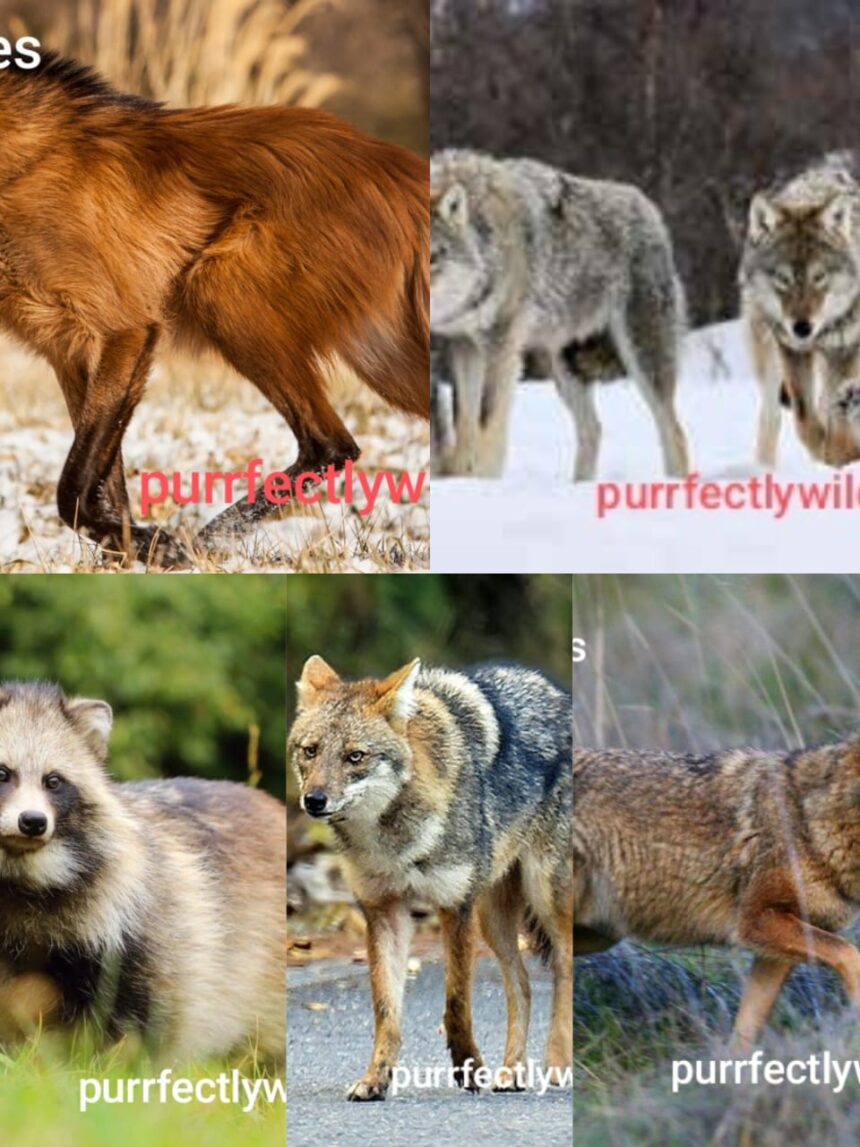Introduction
Cunning Creatures: Animals Similar to Foxes
The fox is a cunning creature, and many animals resemble it. This cunning nature has given rise to different folktales and legends about how clever foxes outwit their opponents. Other cunning animals in many stories and traditions can find a common language with the fox and help in being manipulative and insidious. Many of these animals have something in common with the fox in appearance, habits, and character. Dogs, cows, birds, insects, and reptiles can be cunning sometimes. However, they are not often the center of attention in cultural traditions, like foxes are. Despite their differences, foxes have been a part of human culture for a long time.
According to the ancient Egyptian Book of the Dead, the goddess of the hearth flame – Tefnut – is associated with foxes. The Greeks often saw the fox that ran in front of the flaming Athena in another way as an intelligent player. The fox has already become an established figure in the export market on large amphorae. Beetles, hedgehogs, weasels, and many other animals are capable of cunning, but will there ever be long stories written about intelligent elephants or bears or portrayals in public art of dogs reminiscing about ripe fruits or squirrel cunning? This is not an easy task for only a wild animal. However, this is not a problem for semi-domesticated or domesticated animals.
1. North American Counterpart: Coyotes
Coyotes are often likened to foxes because they look similar and have many of the same chirping behaviors. They live throughout North America and are a type of medium-sized canid that thankfully can adapt to nearly any environment—from deserts to cities. Like foxes, coyotes are also opportunistic feeders and will consume anything from small mammals, birds (and bird eggs), fruit, and garbage in human settlements.
Like foxes, coyotes are known for their resourcefulness and cleverness. These formidable predators embrace an array of tactics savvier than those employed by common brutes. For instance, they may work in pairs and trap or disorient their prey. In addition, the coyote is a very vocal animal that can make several types of sounds, such as howls, yips, and barks, similar to what you hear with foxes.
Although coyotes are similar in size, they tend to be stockier and heavier than foxes. A fox might weigh 6 to as much as 24 pounds, whereas a coyote is in the range of about 20 lbs up to fifty. Nonetheless, similar behaviors coyotes to foxes natural foes most closely-related.
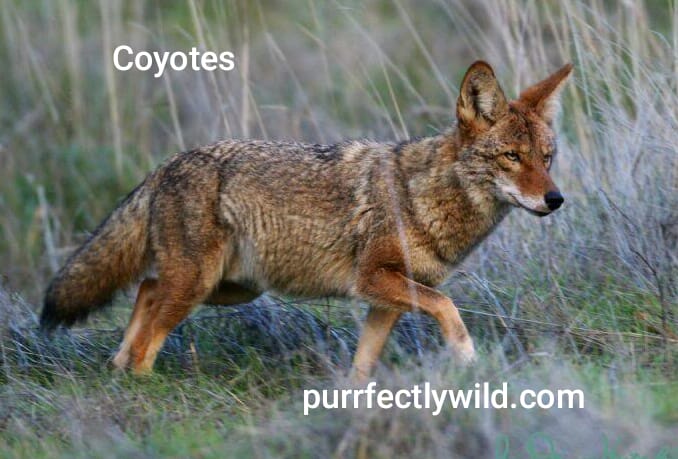
2. Jackals: Africa and Asia’s Foxes
Jackals, another typical animal often mistaken for a fox, have been discovered in Africa and Asia. Small in relation to wolves but bigger than foxes, these canids fill up an empty space between size and behaviour. There are three main species of jackals, including the golden, side-striped, and black-backed.
Like foxes, jackals are found in different landscapes of savannas and deserts or mountains and woodlands where they can adapt very well. The diet includes small mammals, birds, insects, and fruit, as well as carrion in meat. Like the fox, another mammal we all know about is the jackals, which have a reputation for being sly, just like most others of their kind, and often as cunning pack hunters that hunt in small groups or pairs.
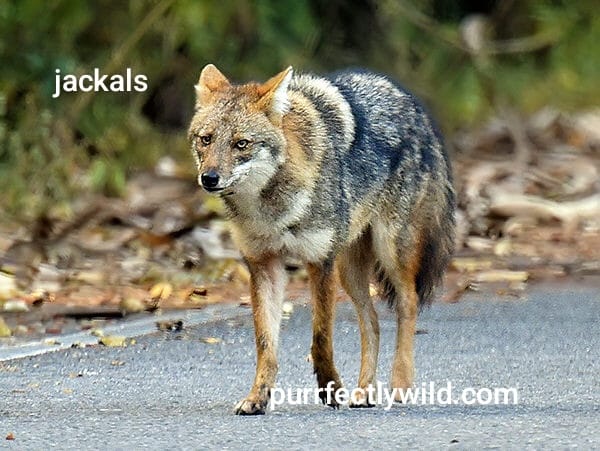
A jackal and a fox have things in common, and they communicate similarly in speech. One of the facts or behaviors about jackals is that they howl, yip, and bark to each other in a variety of sounds while communicating within their territories. They are not a member of the dog family in terms of vocalisation, but their ability to adapt and their intelligence make jackals similar in behaviour and ecological role to foxes.
3. Raccoon Dog — The Foxes Of East
One other animal with which foxes share a few characteristics is the Raccoon dog, primarily found in East Asia. Raccoon dogs are canids, but not raccoons. Their raccoon-like facial mask inspires their name.
Raccoon dogs are compact and bear-like, with stocky bodies and short legs. Their long and dense fur provides warmth for the cold nights in their natural range. Like foxes, raccoon dogs are very adaptable and can live in forests, wetlands, or with humans. The raccoon dog is an omnivore and generally eats small animals, birds, amphibians, nuts, and berries in similar sours-crumble.
What makes raccoon dogs appear so much like foxes is how they act in the winter. Like foxes turning snow-symbiosis to desolate winter survival, the raccoon dog answers with a solid “surprise” and goes so far as torpor (a modified hibernation) when it comes to saving some energy for the nippiest months of all. This is a unique adaptation among canids that speaks to the ecological flexibility and extreme range of environmental conditions in which raccoon dogs can live.
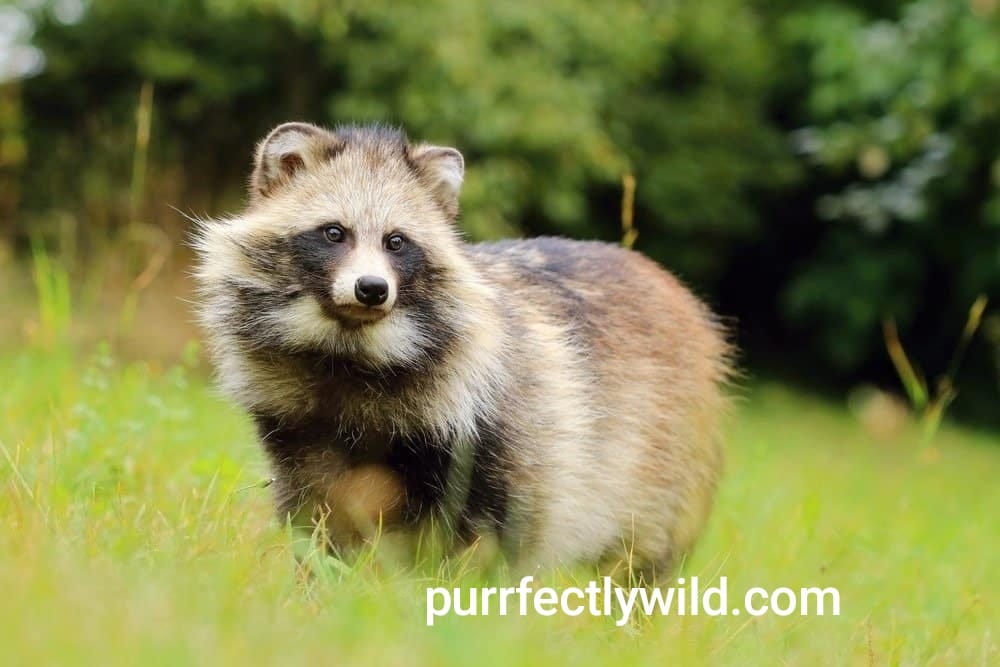
4. Pack Hunters – The African Wild Dog
African wild dogs, or painted wolves as they are also known, are a canid native to sub-Saharan Africa. Although foxes are more solitary and, on a whole, larger, they possess the sort of social structure that can be defined by rank Polyamorous relationships among Find this Pin and more on Animal wildlife nature.
African wild dogs are recognized for their care for the community and hunting cooperativeness. They are pack hunters with clever tactics for hunting prey 10 to 20 times their size (like antelope). For cooperation and cunning, nothing else comes close to the level a fox can have in assorted outsmarting land prey, but done more extensively.
African wild dogs, like foxes and coyotes, are habitat generalists that can live in a slightly wider range of environments than lions do. They differ from foxes, for example, which are largely solitary or live in small family groups. African wild dogs have a highly social lifestyle with large packs/dens having complex hierarchies.
But despite the differences, it also shares behavioral and ecological niches with fox-like species such as red wolves (earlier chapters)—intelligence, adaptability, and, again, its likely resourceful hunting strategy.
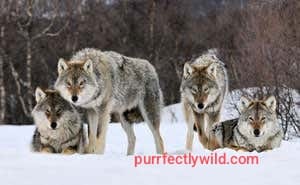
5. Maned Wolves- Tallest of the Canids
The maned wolf, found in South America, is a unique member of the canid family. It looks very similar to foxes even though they actually have no relation. The maned wolf resembles a fox on stilts, with long legs and a thin body covered in reddish fur. This has led to it being dubbed the fox on stilts.
The maned wolf is a solitary animal with an innate shyness and mysterious quality, like most foxes. It isomnivorous species tha that feasts smaller mammals and birds butand consumesmounts of fruit like the , such asra (or “wolf apple”), a native South American delicacy.
The adaptability of the maned wolf is perhaps one of its most fox-like characteristics. Maned Wolves live in many habitats, including forests, grasslands, and wetlands. They see their prey using their five senses, get in tall green grass because of their long legs, and move with quite ease to tear up herbivore flesh.
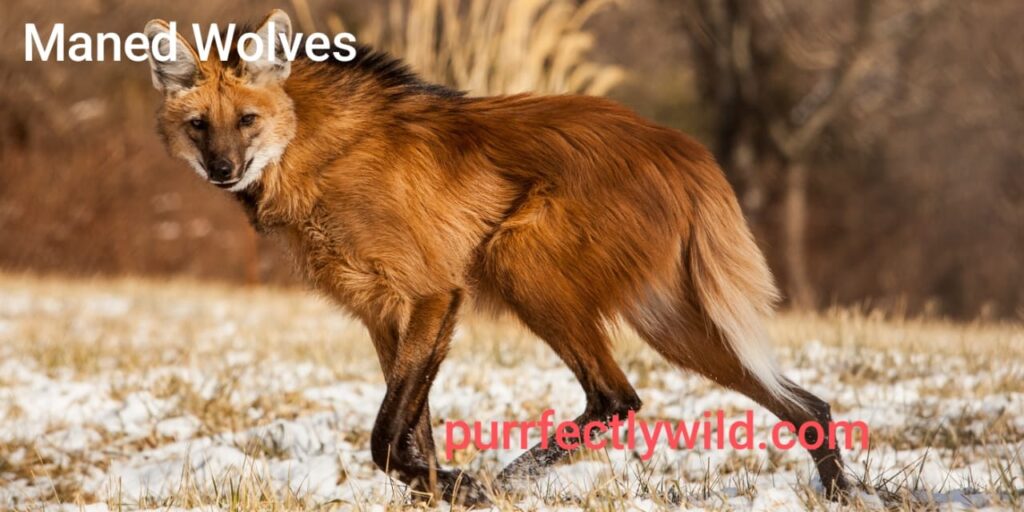
Conclusion
Foxes are known for their sly and versatile natures, two characteristics that make them somewhat iconic in the world of animals. But they certainly are not the only ones with these traits. Fox-like physical features, such as long legs and a sleek body, such as those in maned wolves, make us view them outside the fox category. As an isolated lineage, these fox-like canids illustrate the extraordinary extent of variation and adaptability within the canid family in how animals have evolved to live successfully across diverse ecosystems worldwide.


